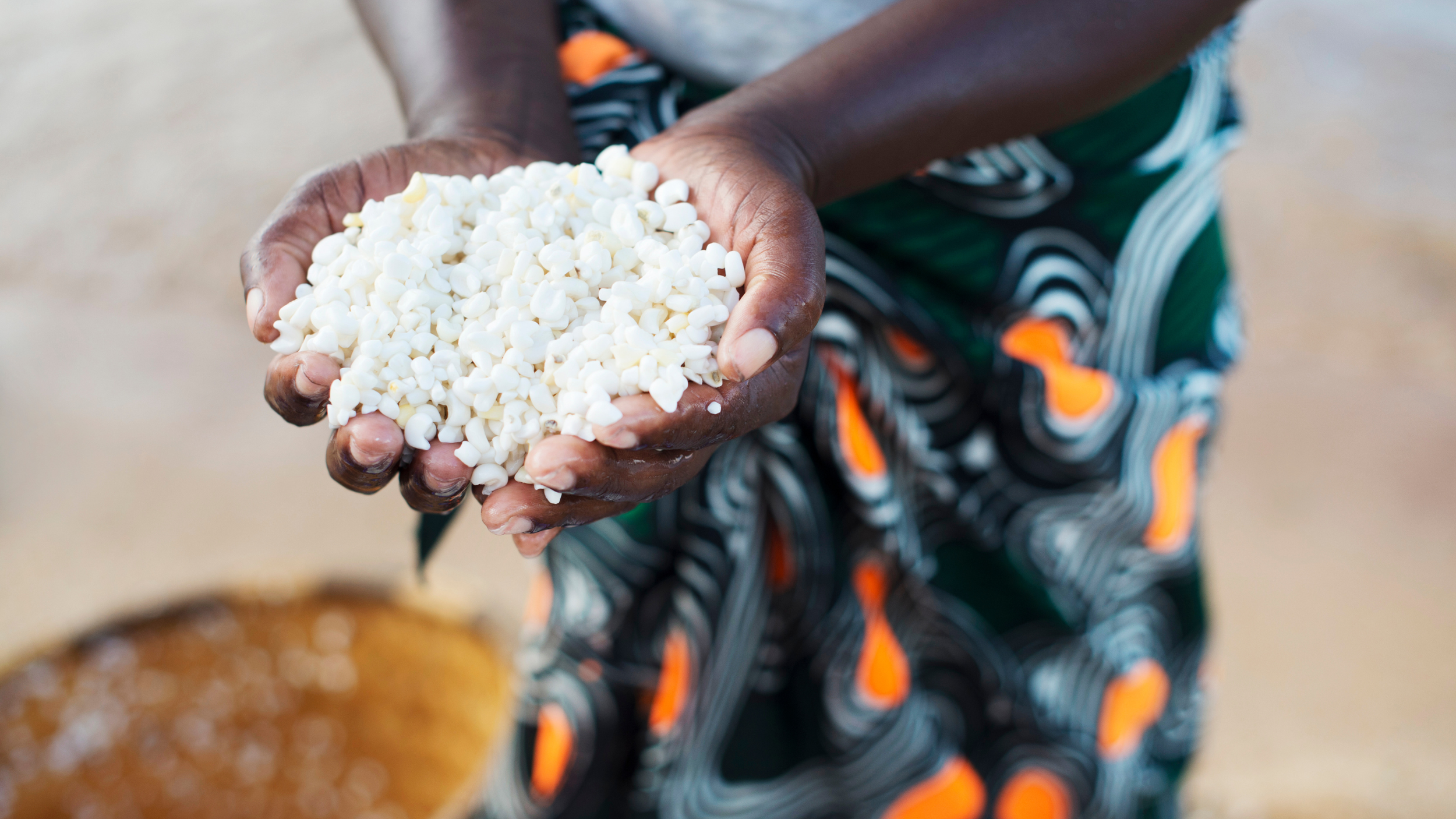How can we produce a time series of country level childhood wasting estimates, accounting for seasonality: exploring the impact of survey timing?
The Issue
The Joint Malnutrition Estimation (JME) group (UNICEF, World Health Organisation and the World Bank) release annual estimates for child stunting, overweight, underweight, wasting and severe wasting towards Sustainable Development Goals (SDG) reporting. To support it, JME have an established database of malnutrition variables contained within several sub-national level surveys including Demographic and Health Surveys (DHS) and Multiple Indicator Surveys (MICS) and other district-level national surveys such as the Living Standards Measurement Study (LSMS). Often the timing of these surveys is focused on minimising the cost and time required to collect as much quality information as possible. This can mean that the survey collection periods are not consistent in terms of hunger periods and agricultural calendars. Child wasting varies inter-annually and can fluctuate rapidly, thus the timing of the surveys can have a big impact on measures of the prevalence of wasting.
Why Does it Matter?
Article 24 of the UN Convention on the Rights of the Child states that every child has the right to the best standard of health, including nutritious food.
Undernutrition is associated with 45% of child deaths (source WHO). Undernutrition manifests in four broad forms: wasting, stunting, underweight, and micronutrient deficiencies. Wasting is the most immediate, visible and life-threatening form of malnutrition. It is a condition that can have serious impacts on the health, development and life of a child. It results from the failure to prevent malnutrition among the most vulnerable children (source UNICEF). Stunting is the impaired growth and development children experience from poor nutrition, repeated infection, and inadequate psychosocial stimulation (source WHO).
Early detection and treatment of children with wasting and other life-threatening forms of malnutrition are critical to saving their lives and putting them on the path to healthy growth and development.
UNICEF works with the World Health Organization (WHO) and other partners to develop global guidelines for the early detection and treatment of child wasting and helps governments update and align their strategies with global policy (source UNICEF).
While the number of children being treated for wasting and other forms of life-threatening malnutrition has risen in recent years, only one in three children with severe wasting is reached with the timely treatment and care they need to survive and thrive.
Our Project
The SEASNUT project is examining if it is possible to use secondary data (other existing) to account for fluctuations in wasting measurement where it has not been previously able to be accounted for. That is to say that, correcting the temporal inconsistencies in sampling, which could allow partial historical trends to be adjusted and a more accurate measurement of wasting prevalence that is adjusted for seasonal fluctuation.
The team will produce a rapid literature review, focusing on identifying particular drivers that could be estimated using geospatial datasets such as earth observation satellite data.
The research team will then explore a variety of modelling approaches, including a deep dive into the potential relationship between diverse spatial variables and wasting values using standard and Bayesian approaches.
This work will be conducted across multiple countries including Nigeria, Ethiopia, Burkina Faso & Bangladesh. The project emphasis will be on building a highly transferable methodology, that can be utilised by the JME and support future SDG reporting.
Key outcomes:
1) A meta-database with survey data, census data, land use and land cover, yield values, infrastructure networks and market information.
2) A report with a comparison of the two models built with recommendations for the JME to take forward.
Who is Involved
Strathmore University (Kenya)
The Environment Protection Agency in Ghana
UNICEF
University of Edinburgh
University of Southampton
WHO



